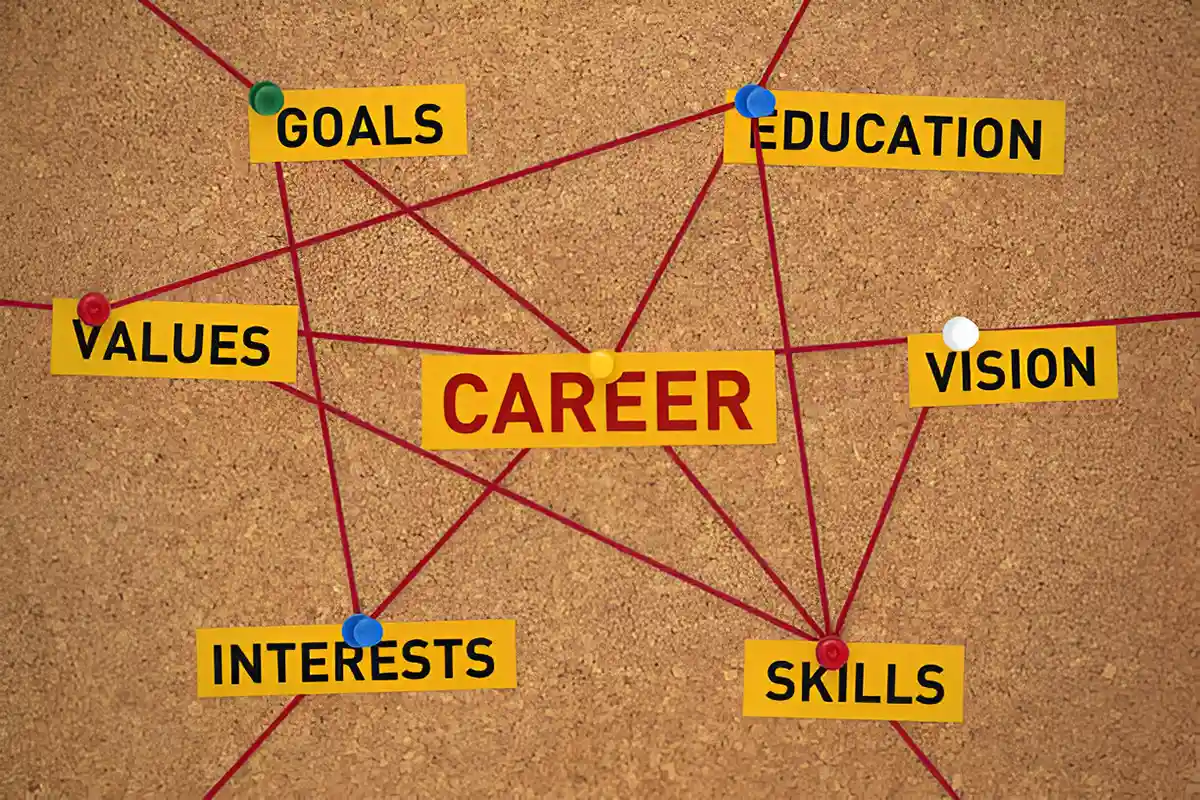In today’s competitive job market, organizations that invest in their employees’ growth gain a significant edge. One powerful strategy to foster this growth is career mapping. But what is career mapping, and why is it so vital for both employees and employers?
Career mapping is a structured process that helps individuals visualize their professional journey, set clear goals, and develop the skills necessary to reach their aspirations. For organizations, it’s an essential tool for talent development, engagement, and retention.
This blog will explore what career mapping is, its importance for employee growth, and practical ways companies can implement it to create a motivated, skilled, and loyal workforce.
Whether you’re an HR professional, manager, or employee, understanding career mapping can transform your approach to career development.
What Is Career Mapping?
Career mapping is a strategic process that outlines an employee’s potential career path within an organization. It involves identifying current skills, setting future goals, and creating a step-by-step plan to achieve those objectives. Think of it as a roadmap guiding an individual from their current position to their desired role.
Unlike traditional career planning, which might be generic or static, career mapping is personalized and dynamic. It considers individual strengths, interests, organizational needs, and market trends. The goal is to provide clarity and direction, making career development a shared journey between the employee and employer.
How It Helps Employees Visualize and Plan Their Paths
Many employees feel uncertain about their future within an organization. Career mapping helps by:
- Clarifying career options: Employees understand the various roles they can pursue and what it takes to get there.
- Highlighting skill gaps: It reveals areas where development is needed.
- Providing motivation: Clear goals make employees more committed to their growth.
- Encouraging proactive development: Employees take ownership of their careers rather than waiting for opportunities to arise.
Approaches to Career Mapping
There are different methods to implement this proactive approach:
- Self-Driven Career Mapping: Employees identify their goals and pathways independently, using tools like career assessments and personal development plans.
- Manager-Assisted Mapping: Managers work closely with employees to create tailored career plans, leveraging their insights into organizational needs.
- Hybrid Approach: Combining both methods, where employees take the initiative, supported by managerial guidance.
Why Career Mapping Is Essential for Employee Growth
Encourages Goal Setting and Skill Development
When employees have a clear career map, they are more likely to set specific, achievable goals. This clarity fuels motivation to acquire new skills and certifications aligned with their future roles. For instance, an employee aspiring to become a project manager will focus on developing leadership and organizational skills.
Enhances Employee Engagement and Job Satisfaction
Employees who see a clear future within their organization tend to be more engaged. It fosters a sense of purpose and loyalty, reducing turnover rates. It demonstrates that the company values its growth, which boosts morale and job satisfaction.
Helps Organizations Identify and Nurture Talent Internally
By understanding employees’ career aspirations, organizations can better align internal talent with future leadership needs. This proactive approach minimizes external hiring costs and fosters a culture of growth. Internal mobility also boosts employee retention as staff see opportunities for advancement.
Supports Succession Planning and Reduces Turnover
This effective approach ensures that organizations have a ready pool of qualified leaders. It prepares employees to step into critical roles as they become available, promoting stability and continuity.
How Employers Can Implement Career Mapping
Providing Tools and Resources
Organizations can facilitate this proactive approach by offering:
- Mentoring programs: Experienced mentors guide employees through their career paths.
- Training and workshops: Skill-building sessions aligned with career goals.
- Career development software: Platforms that help visualize pathways and track progress.
Setting Clear Expectations and Development Plans
Managers should work with employees to define realistic milestones and timelines. Setting measurable objectives ensures accountability and progress tracking.
Regular Check-Ins and Career Conversations
Frequent one-on-one meetings foster ongoing dialogue about aspirations, challenges, and adjustments needed in the career plan. This keeps employees motivated and aligned with organizational goals.
Benefits of Career Mapping for Businesses
Increased Productivity and Employee Loyalty
When employees see a future within the organization, they are more committed and productive. Engaged staff tend to perform better, contributing to overall business success.
Stronger Talent Pipeline for Leadership Roles
This process develops internal talent pools, ensuring readiness for leadership positions. This reduces the reliance on external recruitment, saving time and resources.
Better Alignment of Employee Goals with Company Objectives
This process ensures individual ambitions support organizational strategies, fostering a unified growth vision.
Final Thoughts
In conclusion, career mapping is a strategic process that benefits both employees and organizations. For employees, it encourages goal-setting, skill development, and engagement, leading to higher retention and productivity. For employers, investing in this approach creates a stronger talent pipeline and aligns workforce capabilities with business objectives.
Ready to build a stronger, more engaged workforce?
Partner with Hire Labour to implement effective career mapping strategies that boost employee growth, satisfaction, and retention. From tailored development plans to expert staffing solutions, we help your business invest in its greatest asset—your employees.
Contact us today and start shaping the future of your workforce.
FAQs
Q1: What is the primary goal of career mapping?
The primary goal of this process is to help employees visualize their career paths, identify necessary skills, and set achievable goals for professional growth.
Q2: How often should career mapping be reviewed?
It’s advisable to review and update career maps annually or during performance reviews to reflect evolving goals and organizational changes.
Q3: Can career mapping be used in small businesses?
Absolutely. Small businesses can also benefit from this process by nurturing internal talent and preparing for future leadership needs.
Q4: What tools are useful for career mapping?
Tools include career development software, skills assessment platforms, individual development plans (IDPs), and mentorship programs.




